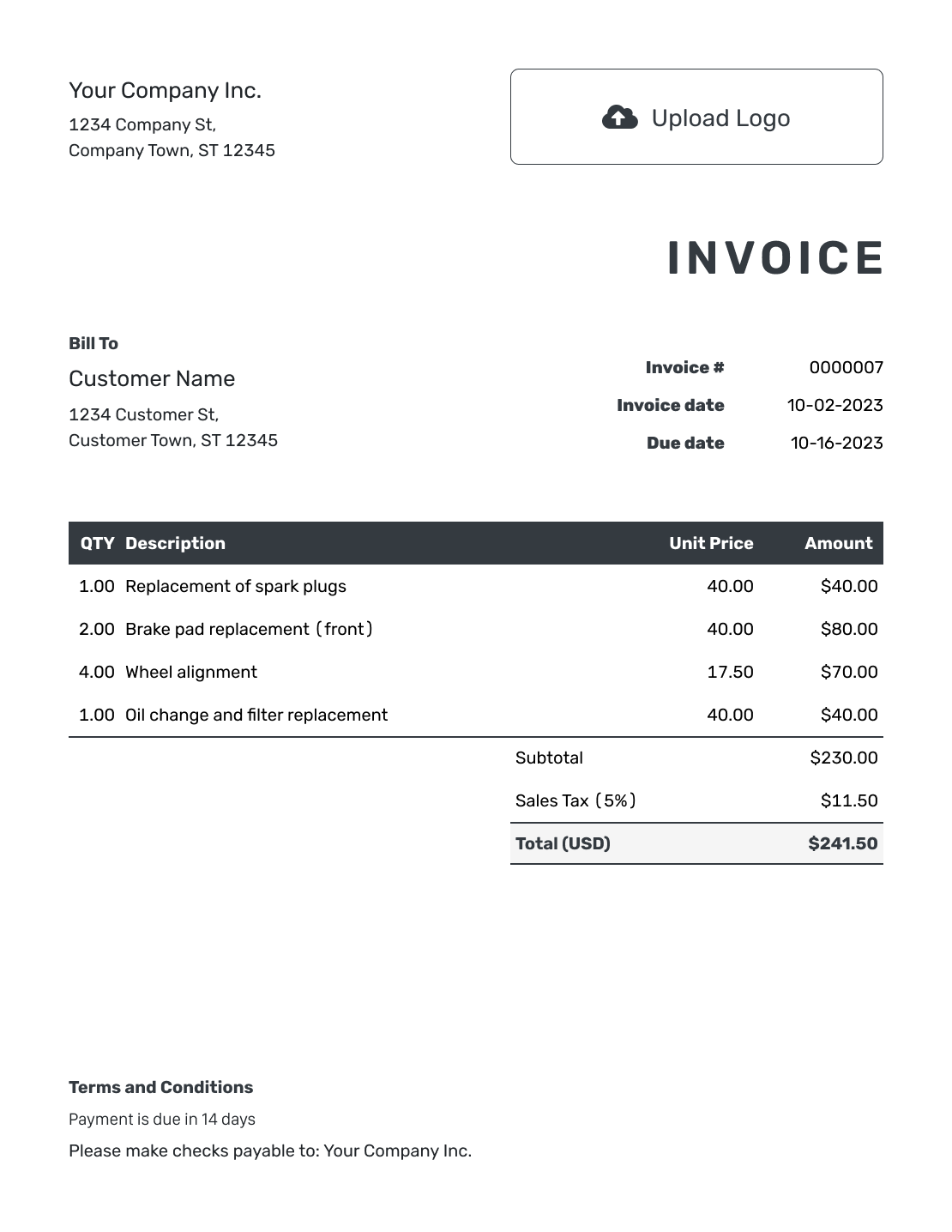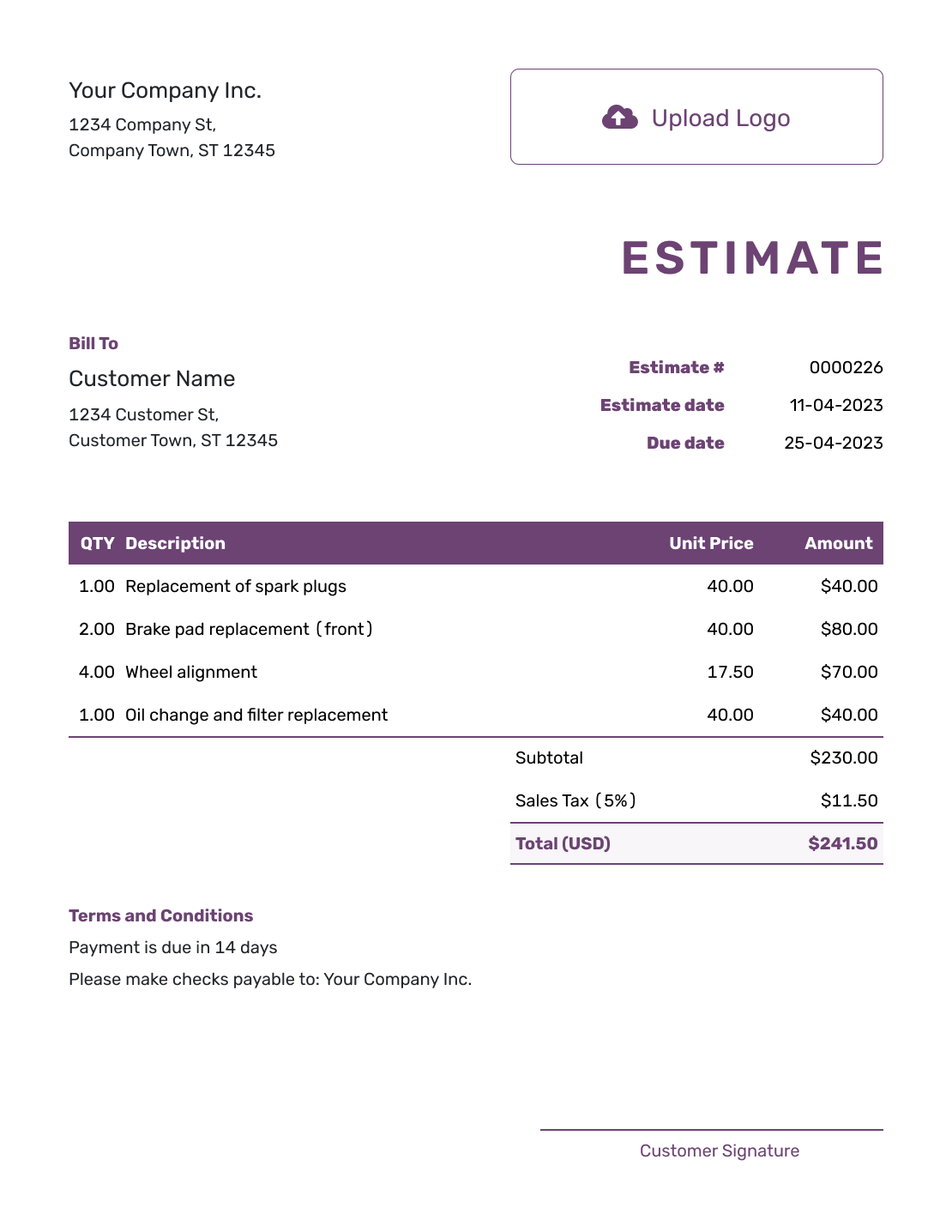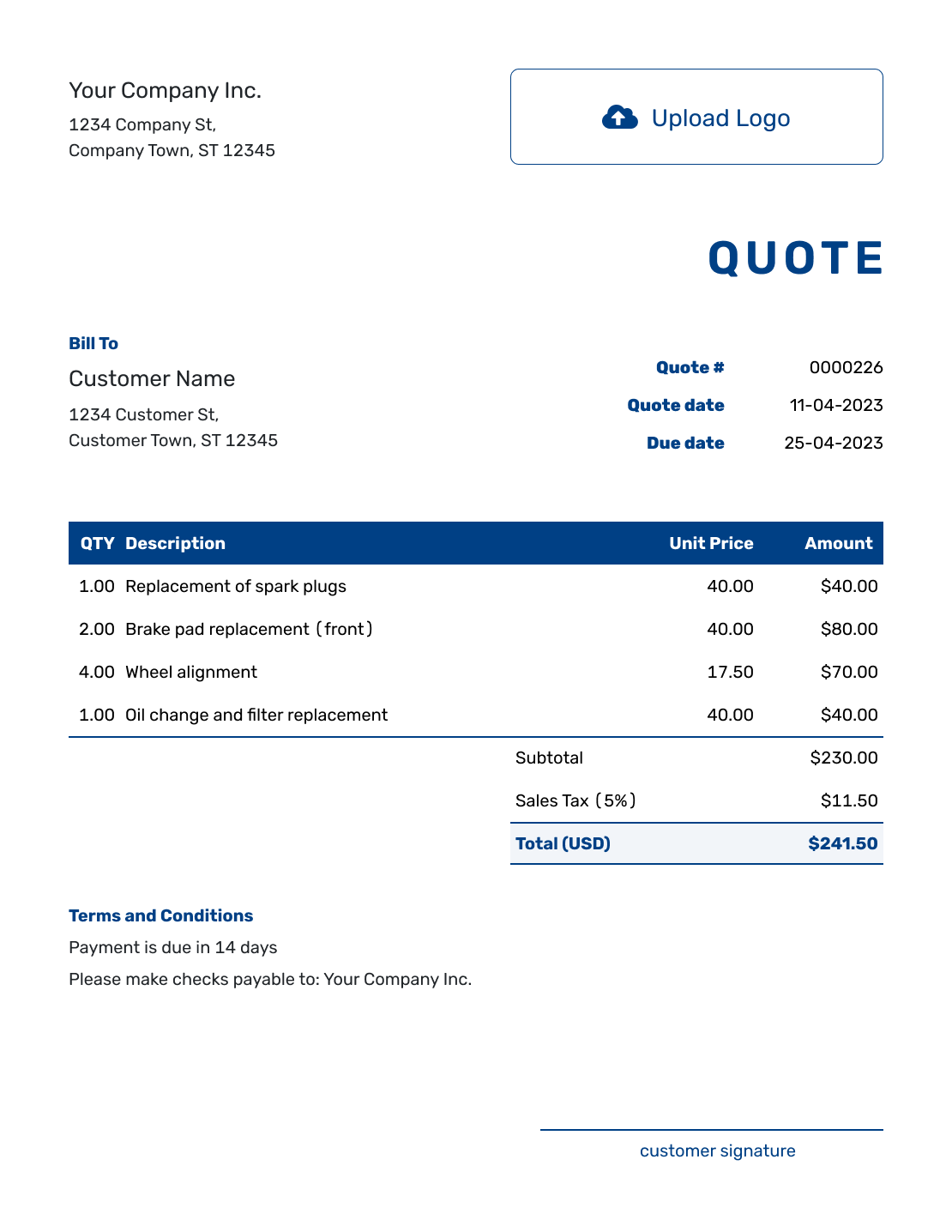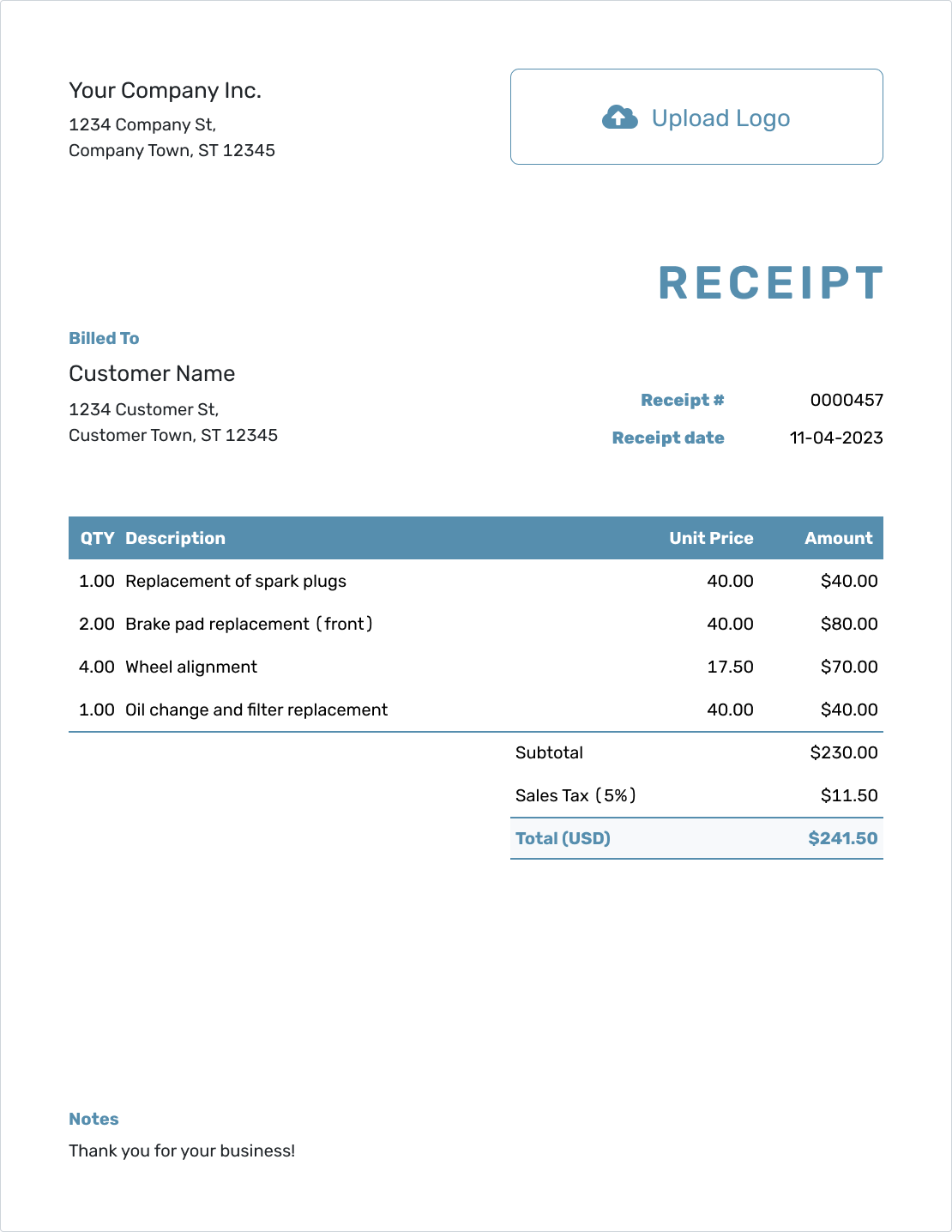Understanding
Bad Debt Expense
Est. reading time: 6 min

Bad debt expense might sound intimidating, but it's just a way of recognizing when a customer doesn't pay what they owe you. Think of it as marking down the money you know you won't receive. It's an unfortunate part of doing business but an important one to track for financial clarity.
What Is Bad Debt Expense?
Bad debt expense is the amount of money your business expected to receive from a customer but didn't. It happens when a customer cannot or will not pay their invoice, making it unlikely that you’ll recover that amount.
Recording bad debt expense helps you reflect the true value of your accounts receivable and maintain realistic expectations about your cash flow.
Why Is It Important?
Tracking bad debt expense is crucial for keeping your business's finances accurate. Here's why it matters:
- Realistic financial reporting: It ensures your books show the actual amount of money you can expect to collect.
- Better decision-making: Knowing how often debts go unpaid can help you adjust your credit policies or terms.
- Tax benefits: In some cases, bad debt expense can be written off, reducing your taxable income.
How to Manage Bad Debt Expense
Managing bad debt expense effectively helps you minimize its impact. Here are a few key strategies:
1. Assess Customer Creditworthiness
Before extending credit to customers, review their ability to pay. This can include checking their payment history or requesting references.
2. Record Bad Debt Expense
When you recognize a bad debt, record it as an expense in your financial records. This allows you to reflect the actual value of your accounts receivable. For example:
| Bad Debt Expense = | Unpaid Invoice Amount |
3. Use Allowance for Doubtful Accounts
An allowance for doubtful accounts is a proactive way to prepare for bad debt. It sets aside a portion of your accounts receivable that you expect might not be paid.
4. Follow Up with Customers
Communicate with customers who have overdue invoices. Sometimes a simple reminder or adjusted payment plan can recover the money.
The Docelf Advantage
Docelf helps small businesses keep track of their invoices and payments to reduce the risk of bad debt. Here's how we make managing your business easier:
- Monitor overdue payments: See which invoices are unpaid and follow up with customers.
- Stay organized: Keep all your invoices in one place with clear payment tracking.
- Send reminders: Notify customers about upcoming or overdue payments to encourage timely responses.
Ready to stay on top of your invoicing and reduce bad debt? Try Docelf today and see the difference it can make for your business.




